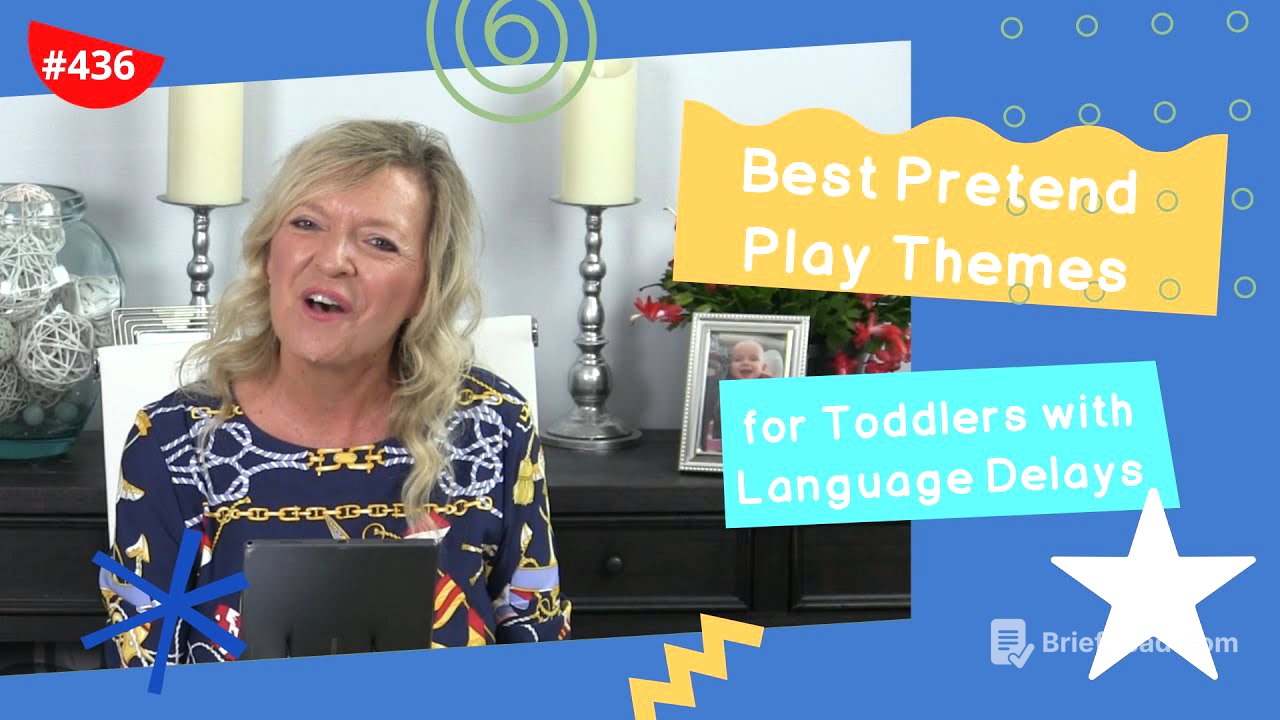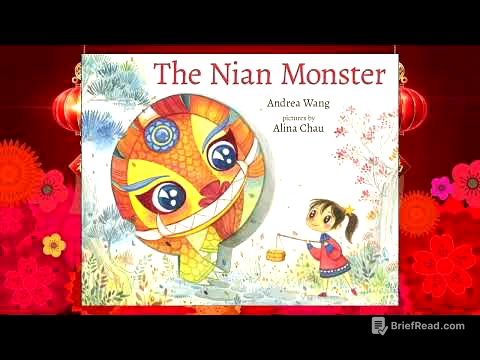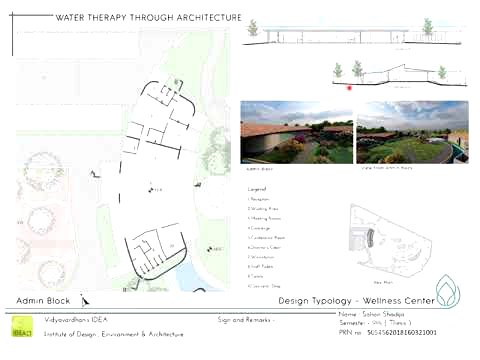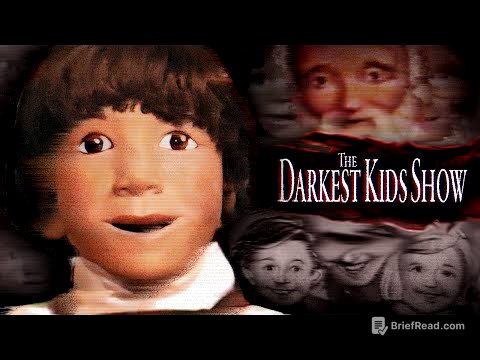TLDR;
This podcast episode by Laura Mize, a pediatric speech-language pathologist, focuses on selecting the best pretend play themes to build language skills in toddlers and preschoolers with language delays. It highlights five key characteristics of successful play themes: presenting good play sequences, providing vocabulary development practice, offering opportunities to work on language and play together, allowing specific relationships, and being easily simplified or expanded. The episode also provides practical advice and examples for therapists and parents to enhance play sessions and promote language development.
- Key characteristics of successful play themes
- Practical advice and examples for therapists and parents
- How to enhance play sessions and promote language development
Introduction [0:00]
Laura Mize introduces the podcast episode, focusing on the best pretend play themes for building language in toddlers and preschoolers with language delays. The episode originated from a post about the five best pretend play themes for preschoolers, prompting the question of how to adapt these themes for toddlers. The goal is to explore what makes a good play theme and how to use play to teach language skills effectively. While acknowledging that language can be taught anywhere, the episode emphasizes that certain toys and activities naturally lend themselves better to teaching both play and language skills.
Characteristics of Successful Play Themes [3:43]
The episode outlines five characteristics that contribute to making a play theme successful for building language and play skills. These include themes that present good play sequences with a beginning, middle, and end, provide practice for vocabulary development, offer prime opportunities for working on language and play together, allow specific relationships, and can be easily simplified or expanded. These factors help in determining which play themes work and why some activities may not be effective, providing a framework for therapists and parents to adjust their strategies.
Sequencing in Play Themes [5:31]
The importance of sequencing in play themes is discussed, emphasizing the need for a beginning, middle, and end to help toddlers understand and process time and order. Examples such as pretending to sleep (lying down, sleeping, waking up) and going to the doctor (entering, treatment, response) are used to illustrate good play sequences. It's noted that toddlers typically engage in activities on themselves, then with another person, and finally with a toy. If a child regresses to isolated play, it indicates a need to simplify the activity or provide more language support.
Vocabulary Development in Play Themes [15:12]
The episode highlights the importance of vocabulary development in play themes, emphasizing the need to introduce new words in different contexts. It addresses the challenge of preschoolers with language delays who tend to stick to their core vocabulary. Themes should offer natural opportunities for new nouns, verbs, prepositions, descriptive words, and pronouns. Contrasting a spinning light toy (limited vocabulary) with a farm set (rich vocabulary) illustrates the difference between good and bad choices for vocabulary development.
Combining Language and Play [22:01]
The integration of language and play is explored, referencing Carol Westby's research on the connection between play and language skills. A child's language skills will never outpace their play skills, making play the best way to measure cognitive development. Play themes should strengthen play skills while building language skills. Play is considered the nonverbal piece of language, and it's essential to help children understand concepts non-verbally before teaching them how to say it. Toys and props are crucial for language-delayed children to make play easier and more concrete.
Relationships in Play Themes [30:19]
The importance of relationships and roles in play themes is emphasized, noting that communication involves at least two people. Giving a child a role during play creates opportunities for interaction and conversation. Examples include playing restaurant (guest, server) or vet (vet, pet owner, animal). If a child seems stuck, switching roles can help. Play themes with clear relationships promote cooperative play rather than self-isolation.
Simplifying and Expanding Play Themes [37:28]
The ability to simplify or expand play themes on the spot is crucial. If a child is overwhelmed, simplify the activity by reducing the number of props or demands. If the activity is too easy, expand it to make it more complex. This flexibility is especially important for children with participation problems. Props are essential for providing concreteness and helping children understand and process words.
Specific Play Themes for Preschoolers [46:08]
The episode lists five best play themes for preschoolers: restaurant play, birthday party, apple picking/orchard, pet shop, and doctor/vet. These themes provide opportunities for sequencing, vocabulary development, and social interaction. For toddlers, these themes can be adapted to simpler activities such as playing with a kitchen set, taking care of baby dolls, playing with farm animals, or pretending to go to the doctor.
Applying Criteria to Play Themes [52:34]
The episode provides a tool for applying the discussed criteria to play themes, using baby dolls as an example. This involves listing props, outlining sequences (e.g., baby eats, baby sleeps), identifying vocabulary targets, combining play and language skills, defining relationships, and considering ways to simplify or expand the activity. This tool can help therapists and parents plan more effective play sessions and address specific challenges.
Conclusion [1:04:39]
Laura Mize concludes the episode by encouraging listeners to use the information and tools provided to enhance their play sessions, especially with challenging children. She recommends two therapy manuals, "Teach Me to Talk: The Therapy Manual" and "Let's Talk About Talking," for additional ideas and guidance.









